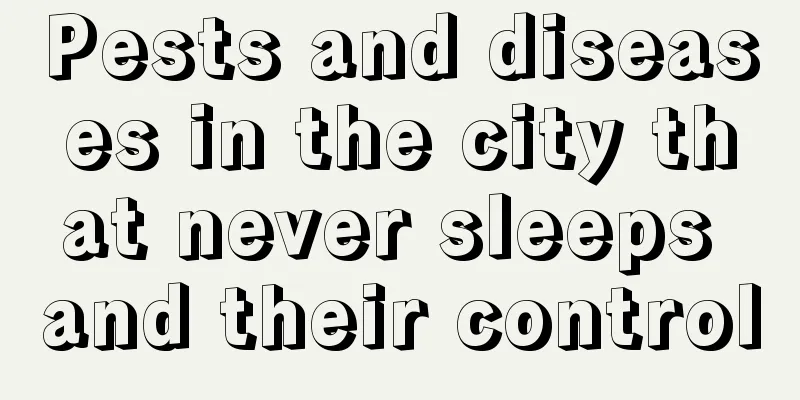Pests and diseases in the city that never sleeps and their control

Root rot in the city that never sleepsRoot rotMost root rot diseases are caused by wounds being invaded by pathogens and improper planting management, excessive watering and fertilization, overly wet soil in the pot, and suffocation of the roots, which leads to rot. PreventionLoosen the soil frequently to allow the roots of the evergreen tree to breathe. Do not overwater to avoid water accumulation, which will cause poor breathing of the roots. Pay attention to the frequency of fertilization. It is not advisable to fertilize during the dog days to avoid root rot. If you find that the Everbright City has root rot, you should dig up the original plant in time, cut off the rotten roots, soak it in 5000 times potassium permanganate solution for one hour, and then replant it with new soil. Anthracnose and Botrytis cinereaAnthracnose and Botrytis cinereaA hot and humid environment can easily cause anthracnose and gray mold. It will reduce the ornamental value of the City That Never Sleeps, and in severe cases may cause plant necrosis. PreventionIt is hot and rainy in summer, so pay attention to rain protection and do not water too much. If the City That Never Sleeps is found to be infected with anthrax and gray mold, you can spray it with 500-600 times diluted 70% thiophanate-methyl wettable powder or 50% carbendazim wettable powder. Scale insectsScale insectsScale insects are very annoying pests with hard shells. It's a huge blow to the city that never sleeps. PreventionKeep a habit of checking for pests. Scale insects are in the first age stage within 1 to 3 days. At this time, it is best to buy pesticides and spray them to kill them in the cradle without giving them the opportunity to do harm. Aphids in the city that never sleepsaphidAphids are a common disease of bonsai cultivated at home. Aphids are small and their breeding period is from March to October every year. They gather on the young leaves of the plants and suck the sap from the leaves, which harms the health of the plants. Aphids cannot be removed manually like other pests, so some pesticides or physical treatment methods are often required. PreventionIn the early stage of aphid infestation, artificial aphid prevention measures should be taken, and the aphids should be brushed off with a brush or a brush. Use 50 grams of fresh chili pepper or dried red chili pepper, add 30 to 50 grams of water, boil for about half an hour, and use the filtrate to spray the City That Never Sleeps, which will have special effects. Chemical control. |
<<: Common diseases of glazed palace and their prevention and treatment methods
>>: Common diseases and pests of heavy fan and their control methods
Recommend
Cultivation methods and precautions of weeping begonia
Cultivation method of weeping begonia Pot soil se...
How to judge how much water to water chrysanthemums
1. Judging by the growing season The amount and f...
Suitable flower varieties for indoor placement
Principles of indoor flower placement Indoor flow...
What are the varieties of summer vegetables?
In the summer, the weather is hot and the sunshin...
When is the right time to plant chives?
Leek , a well-known vegetable , is grown in almos...
The Cultural Legend of Daxuesu
The Legend of Daisetsu - The Flower of the Royal ...
Cultivation methods and precautions of golden banyan
1. Soil The golden banyan tree is not picky about...
The cutting method and precautions of Tiger Pilan
The cutting method of Tiger Piranha is very simpl...
How to grow cherry blossoms
Farming methods Light and temperature Cherry blos...
How to make the green radish survive easily by cuttings? Which month is the best for cuttings to take root quickly?
1. Cutting time The best time to take cuttings of...
What flowers are best for health in the bedroom?
1. Tiger Piranha It is suitable to place Sansevie...
How to prune the drug-absorbing grass? Pruning methods and precautions
When is the right time to mow the drug-absorbing ...
Can I grow ginger in October?
Ginger is a tropical crop that likes light, warmt...
The meaning of blue baby's breath, who should I give baby's breath as a gift?
1. The flower language of blue baby's breath ...
Cultivation methods and precautions for orchids
1. Soil Orchids need to be grown in sandy soil th...









